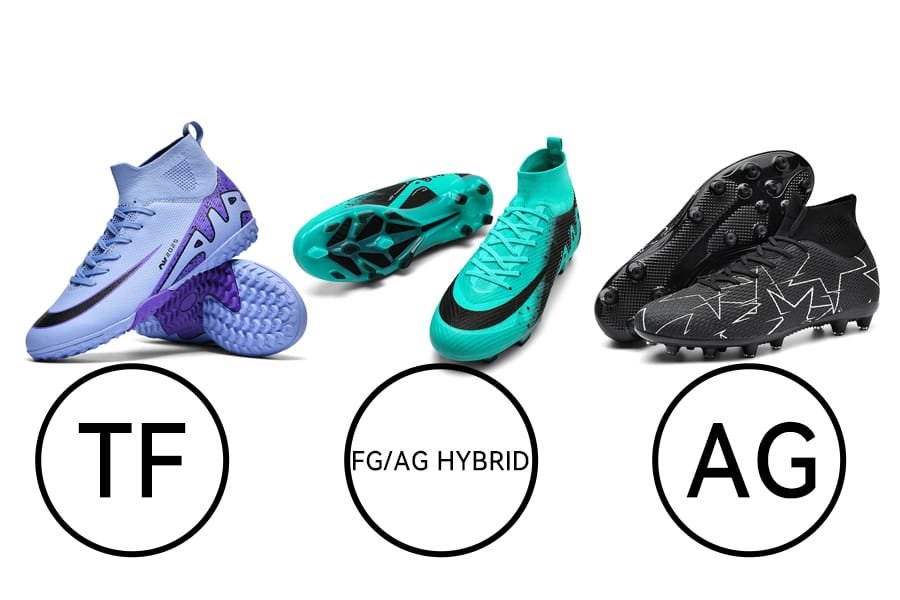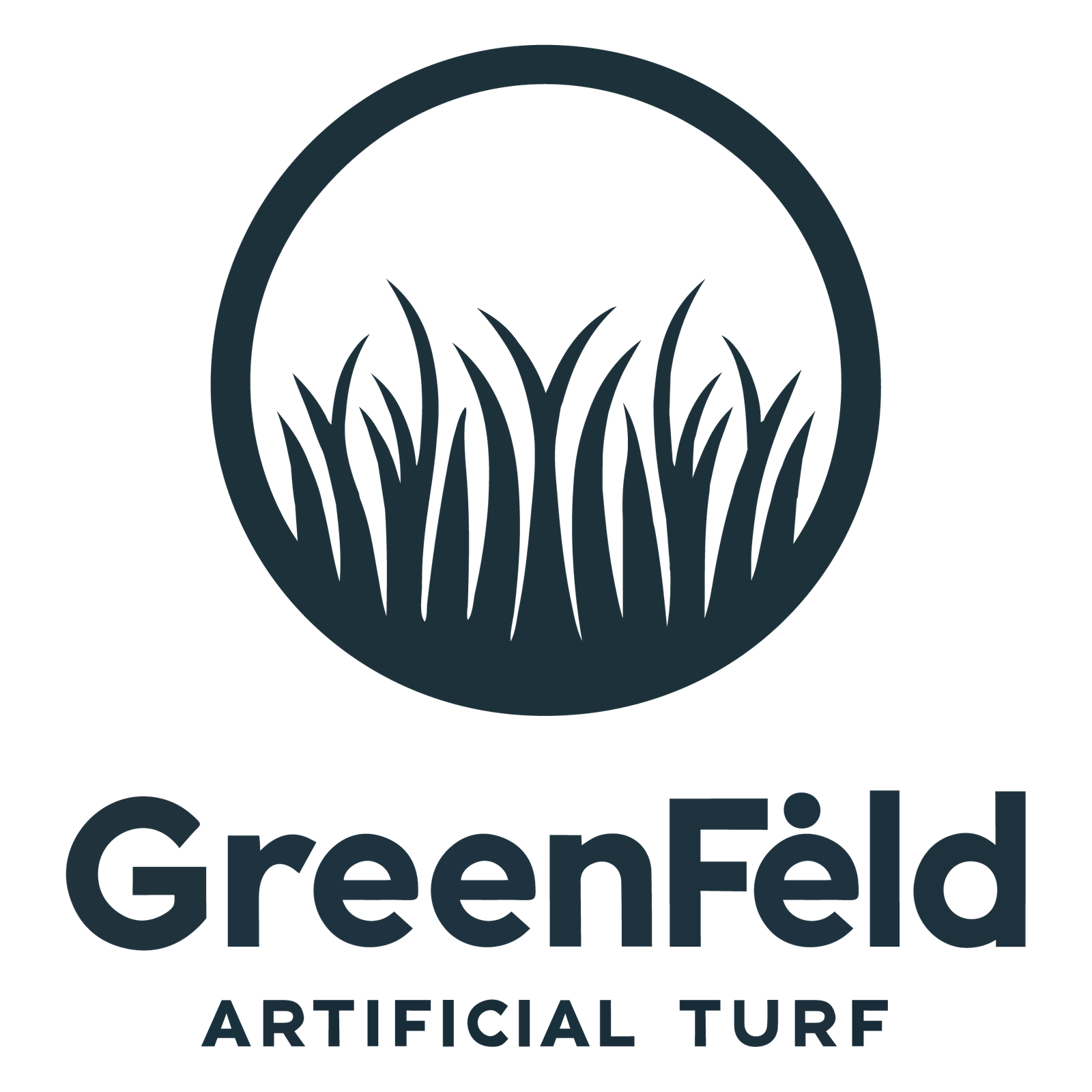Struggling to find the right soccer shoes for artificial grass? Poor shoe selection causes discomfort and poor performance, ruining your game experience.
To choose the best soccer turf shoes, prioritize shoes designed with shorter, multiple rubber studs or soles specifically made for artificial grass, ensuring comfort, grip, and injury prevention.

soccer turf shoes for artificial grass
Choosing soccer turf shoes isn't just about looks. It's about safety, performance, and feeling confident on the field. Let's dive deeper into key considerations.
What soccer cleats are best for artificial turf?
Feel uncertain about picking soccer cleats for artificial grass? Wearing the wrong cleats risks injury and reduces your playing efficiency.
The best soccer cleats for artificial turf are those with short rubber studs or specialized AG (artificial grass) soles, providing balanced traction, comfort, and stability on synthetic surfaces.

Soccer cleats artificial grass
Picking the right soccer cleats for artificial turf involves understanding how cleats differ in type and functionality:
Types of Soccer Cleats for Artificial Grass
| Cleat Type | Stud Length | Sole Material | Best Usage | Advantages |
|---|---|---|---|---|
| AG Cleats | Short | Rubber | Artificial grass pitches | Enhanced grip, reduced injury risk |
| Turf Shoes (TF) | Very Short | Rubber | Short artificial grass | Maximum comfort, excellent traction |
| FG/AG Hybrid Cleats | Medium | Plastic/Rubber | Mixed grass conditions | Versatile use, cost-effective choice |
When choosing, always think about your specific playing conditions. AG cleats are specifically designed for artificial grass, distributing pressure evenly across the foot. This reduces the risk of ankle sprains or knee injuries. Turf shoes are even more specialized, offering maximum traction on shorter artificial grass. FG/AG hybrids are versatile, good if you play on different surfaces. From my experience, clients have achieved better satisfaction and player feedback when they select specialized AG or turf shoes. Avoid regular firm-ground (FG) cleats because their longer studs can cause discomfort and increase the risk of injuries on artificial surfaces.
What Are Some Tips for Choosing and Using Soccer Turf Shoes on Artificial Grass?
Are you unsure about selecting or using turf shoes effectively? Poor choices cause quick shoe deterioration, poor performance, and increased injury risks.
To choose and use turf shoes effectively, select snug-fitting shoes with flexible rubber soles, ensure regular cleaning to maintain grip, and rotate pairs for longevity and consistent performance.

Soccer turf shoes tips
Let's dive deeper into practical tips for selecting and maximizing the use of turf shoes:
Practical Tips for Turf Shoes Selection and Maintenance
| Selection Tips | Maintenance Tips |
|---|---|
| Check shoe flexibility | Clean shoes after every game or practice |
| Choose snug but comfortable fit | Remove dirt from soles to maintain grip |
| Prefer shoes with cushioning support | Regularly inspect studs and soles for wear |
| Consider breathability | Rotate shoes if playing frequently |
First, always pick shoes that fit comfortably but snugly. Too loose causes blisters, too tight restricts your movement. Second, shoe flexibility matters; choose shoes that bend naturally with your foot. Cushioning provides support, reduces foot fatigue, and increases your comfort during long games. Breathable materials keep feet dry and comfortable.
After choosing the right shoe, proper maintenance helps extend their lifespan. Always clean your shoes after playing to remove dirt, preventing the soles from losing grip. Check your soles and studs regularly for wear and tear. Rotating between two pairs of turf shoes prolongs their usability, providing consistent performance. From my experience providing artificial turf solutions globally, I've noticed that well-maintained shoes enhance both player satisfaction and safety significantly.
What Are the Differences Between Natural Grass Pitches and Artificial Grass Pitches?
Confused about why shoe choice varies between artificial and natural grass? Ignoring the difference leads to poor performance, injuries, and wasted investment.
Artificial grass pitches differ from natural grass due to surface hardness, evenness, durability, and maintenance requirements, influencing the choice of soccer shoes needed for optimal performance.

Artificial vs Natural Grass Soccer
Let's explore in detail the key differences that influence shoe choice:
Key Differences between Natural and Artificial Grass Pitches
| Aspect | Natural Grass | Artificial Grass | Effect on Shoe Choice |
|---|---|---|---|
| Surface Hardness | Soft, variable firmness | Harder, consistent surface | Requires shoes with softer studs |
| Surface Evenness | Uneven, irregular surface | Even, predictable playing surface | Flat-bottomed shoes more effective |
| Durability | Wears quickly, less durable | Highly durable, less degradation | Shoes with durable soles needed |
| Maintenance | High maintenance, watering needed | Low maintenance, no watering | Shoes designed for synthetic surface |
Artificial grass pitches are firmer and more even than natural grass. Natural grass pitches vary in firmness and are usually softer, making them suitable for longer studs. However, artificial pitches are consistent and firm, so shoes need shorter studs or rubber soles to distribute pressure evenly. This reduces injury risks and improves comfort. Durability also differs; artificial grass remains consistent over time, so shoes require stronger, durable materials to withstand abrasion. On natural grass, players often prefer metal or longer plastic studs for grip. Artificial grass demands specific designs that avoid getting caught in the synthetic fibers, protecting players and maximizing performance. I've observed in my business that clients who adjust shoe selection based on these differences experience greater satisfaction and safety outcomes.
Conclusion
Choosing the right soccer turf shoes for artificial grass improves your performance, comfort, and safety, enhancing the overall soccer experience significantly.

